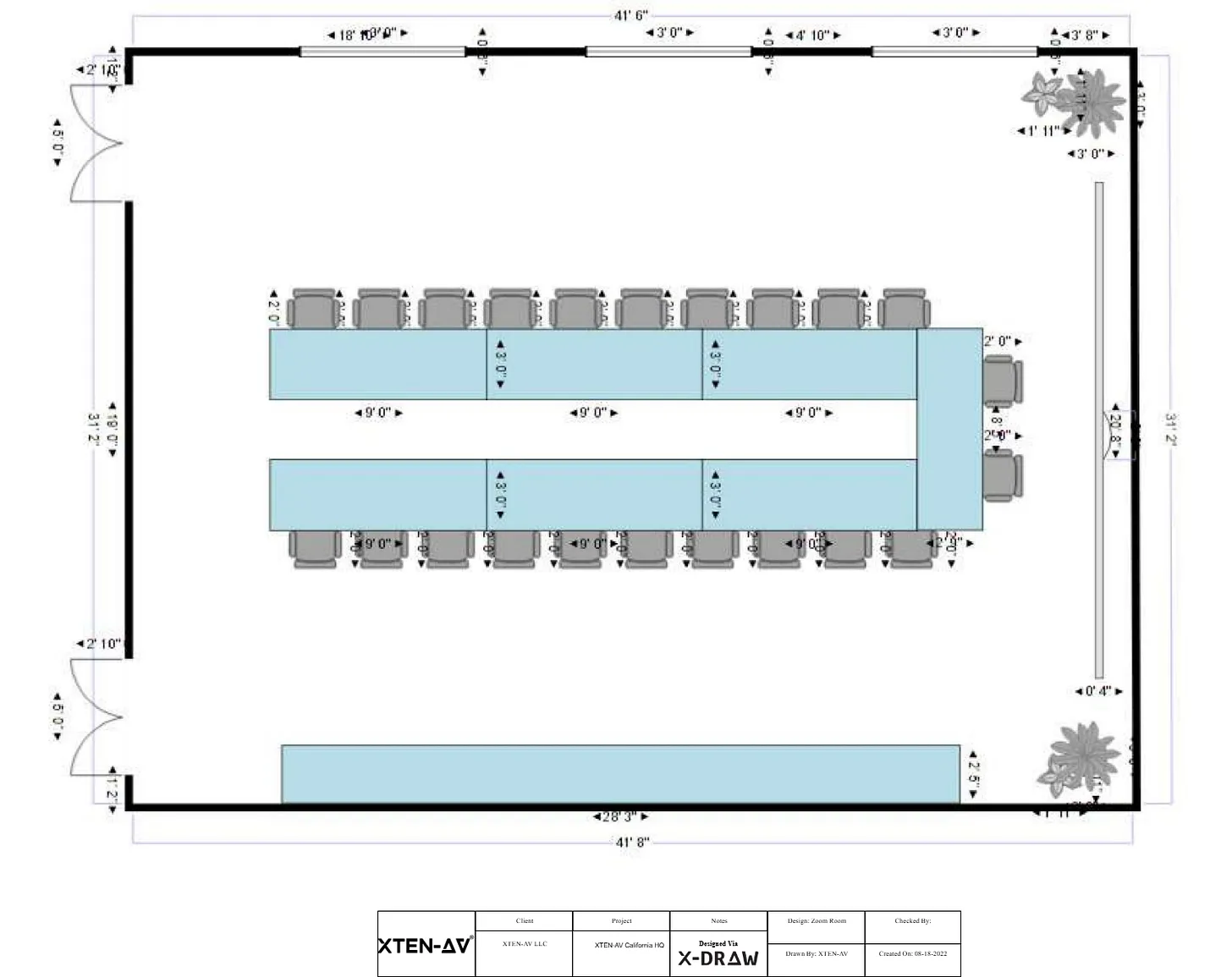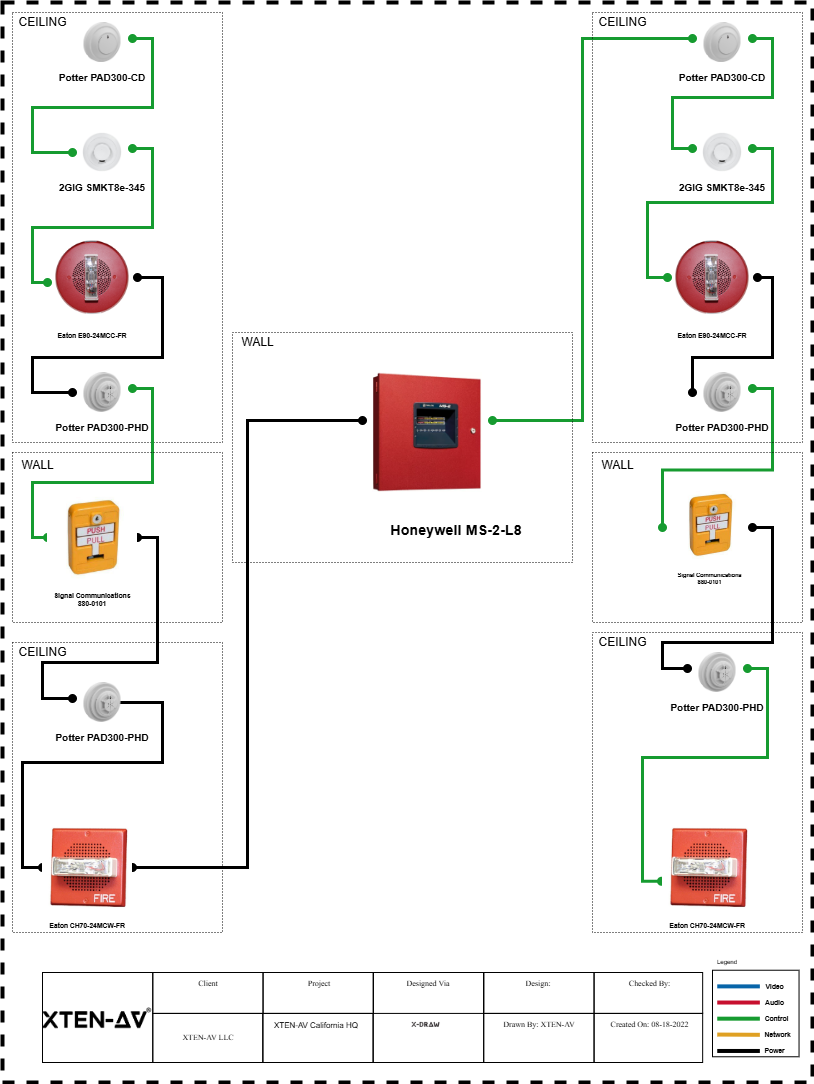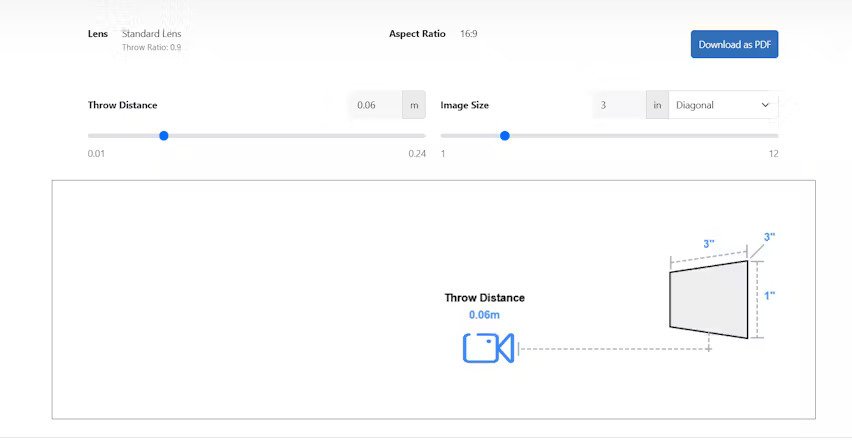In electronics, two key technologies are often compared: field programmable gate arrays (FPGAs) and microcontrollers. Both have unique roles in modern devices, but understanding their differences is important when choosing the right device. Whether designing hardware or just curious, this guide will help explain the key differences.
What is FPGA?
A field programmable gate array (FPGA) is a semiconductor device that users can configure after fabrication. Unlike traditional processors that run software based on a fixed design, FPGAs have programmable blocks that can be connected in different ways to create custom circuits. This flexibility makes FPGAs ideal for tasks that require a lot of parallel processing, such as signal processing, video processing, or AI applications.
One of the big advantages of FPGAs is that developers can create custom hardware without waiting for special chips to be built. You can use a hardware description language (HDL) such as VHDL or Verilog to program an FPGA to perform specific tasks efficiently. This makes FPGAs versatile and powerful enough to handle complex, real-time computations.
What is a microcontroller?
A microcontroller, often called an MCU, is a small integrated circuit designed to control specific operations in embedded systems. Microcontrollers have the processor, memory, and input/output packed into a single chip. They are found in microwaves, cars, toys, and wearable everyday devices that perform simple to moderately complex tasks.
Microcontrollers are simple and cost-effective. They execute programs stored in their memory using a fixed set of instructions. This makes microcontrollers perfect for control-based tasks that require low power, predictable timing, and easy development. Their affordability and ease of use make them popular for hobbyists and commercial projects that do not require high computational power.
Key difference between FPGA and microcontroller
1. Architecture and flexibility
The biggest difference between FPGAs and microcontrollers is their architecture. FPGAs have a matrix of configurable blocks that can be programmed to perform almost any logic function. This makes them extremely flexible, as they can be reconfigured for new tasks by changing their settings.
Microcontrollers, on the other hand, work with a fixed set of instructions processed by their central processing unit (CPU). They cannot be reconfigured at the hardware level. Instead, they are controlled by software, which makes them less flexible than FPGAs. However, their simple architecture works well for general control and automation tasks.
2. Performance and processing power
FPGAs are known for their fast parallel processing capabilities. It is best for tasks that require multiple computations at the same time, such as signal processing, data acquisition, and real-time image processing. This ability to handle many tasks in parallel makes FPGAs suitable for heavy workloads.
Microcontrollers typically execute instructions one at a time. Some microcontrollers have limited hardware support for doing multiple things at once, but they usually can’t match the performance of an FPGA. For simple tasks like reading sensor data or controlling motors, microcontrollers are adequate.
3. Application areas
FPGAs are used in fields such as telecommunications, aerospace, automotive systems, and finance, where high performance and real-time processing are important. They are also used in AI to speed up neural network calculations.
Microcontrollers are more suitable for everyday devices such as home appliances, wearables, and toys. They are ideal for control tasks where cost, power efficiency, and simplicity are more important than raw computing power.
4. Cost and development complexity
Price is another major difference. FPGAs are generally more expensive, both in terms of hardware and the development process. Programming FPGAs often requires specialized knowledge of HDL, and debugging can be complex and time-consuming.
Microcontrollers are cheap and easy to develop. Microcontroller programming can be done in high-level languages such as C, which makes it easy to learn. Tools like Arduino make microcontrollers accessible to beginners and hobbyists.
Pros and Cons
FPGA:
- Pros: Highly parallel processing, very flexible, real-time operation.
- Cons: Expensive, complex to develop, high power consumption.
Microcontrollers:
- Pros: Low cost, easy to program, energy efficient.
- Cons: Limited performance, fixed design, less flexible.
FPGA Vs. When to use Microcontroller
Choosing between an FPGA and a microcontroller depends on what you need. If you need high computing power, custom hardware logic, or many tasks running simultaneously, FPGAs are a better choice. For example, in video encoding where speed is critical, an FPGA would be ideal.
If you need a simple controller for automation, such as turning lights on and off using sensor input, a microcontroller is better. Microcontrollers are simple, reliable, and energy-efficient, making them suitable for battery-powered devices where power conservation is important.
Conclusion
The choice between FPGA and microcontroller comes down to flexibility, performance, cost, and complexity. FPGAs offer great power and adaptability for demanding tasks, while microcontrollers are unbeatable for their simplicity and cost-effectiveness, perfect for everyday tasks.
Understanding the differences helps you choose the right technology for your project. Both FPGAs and microcontrollers are important in modern electronics, and choosing the right company like Discrete Circuits can lead to more efficient and effective designs.
Read More Articles at Techners
















Leave a Reply